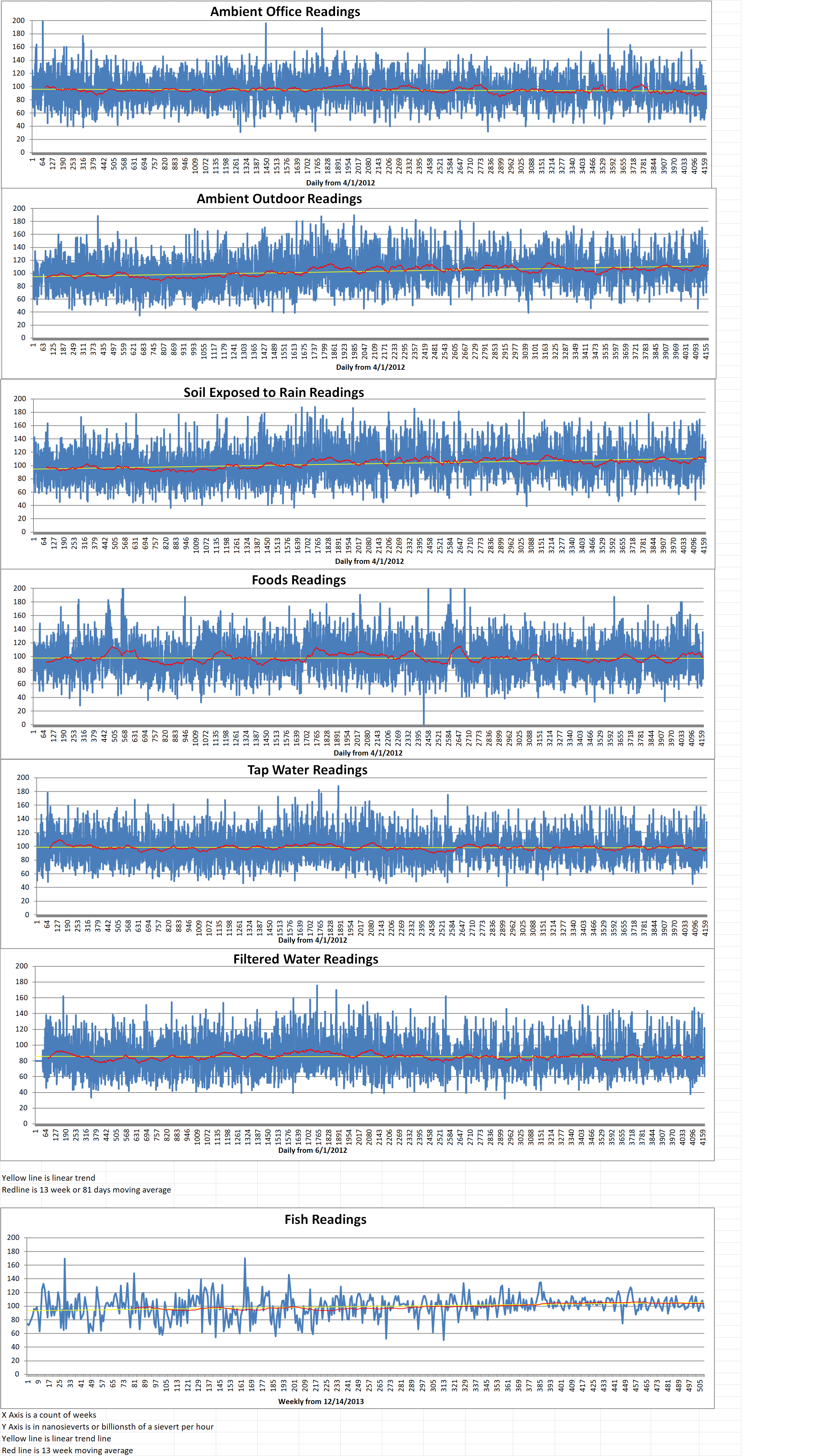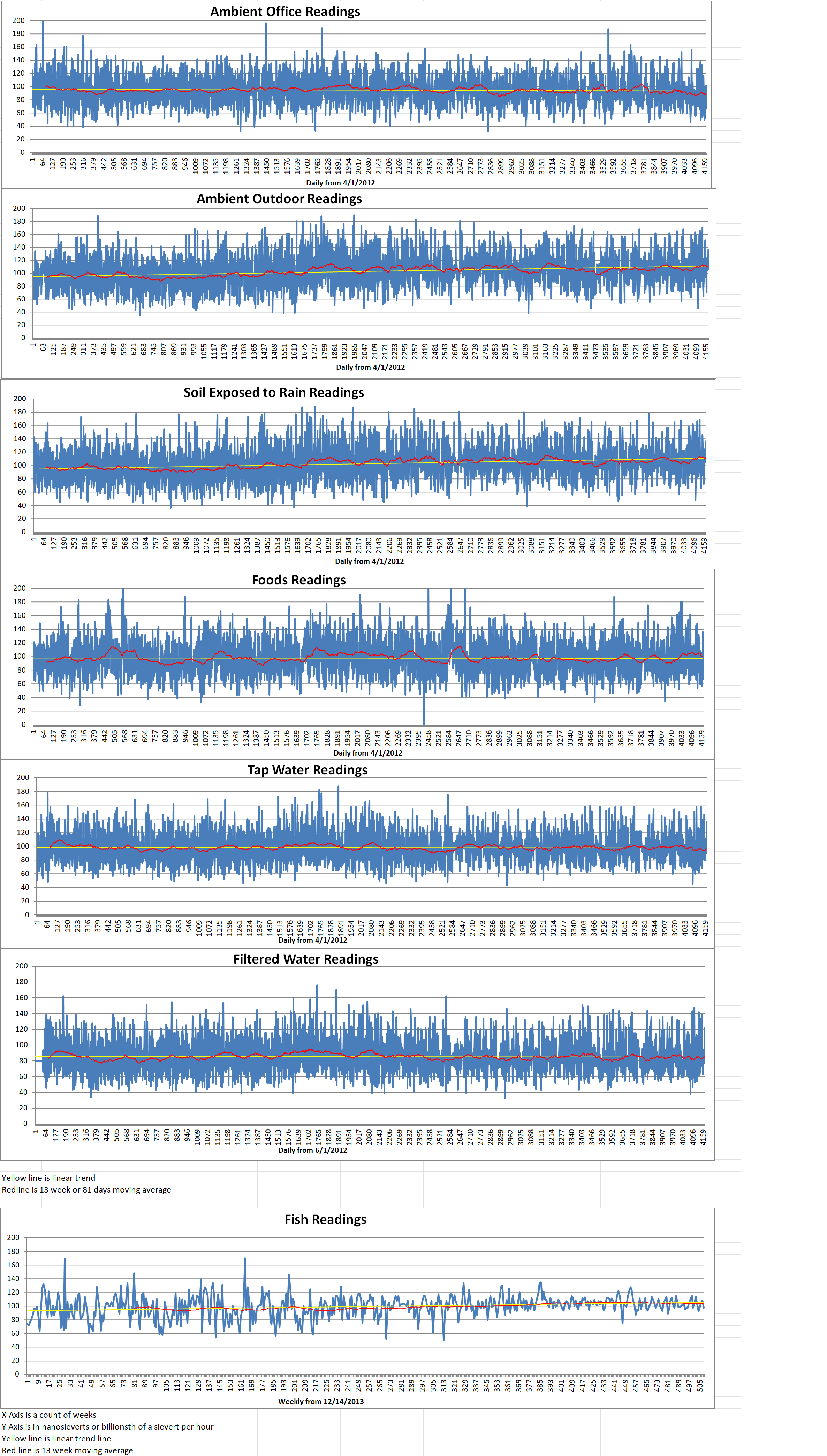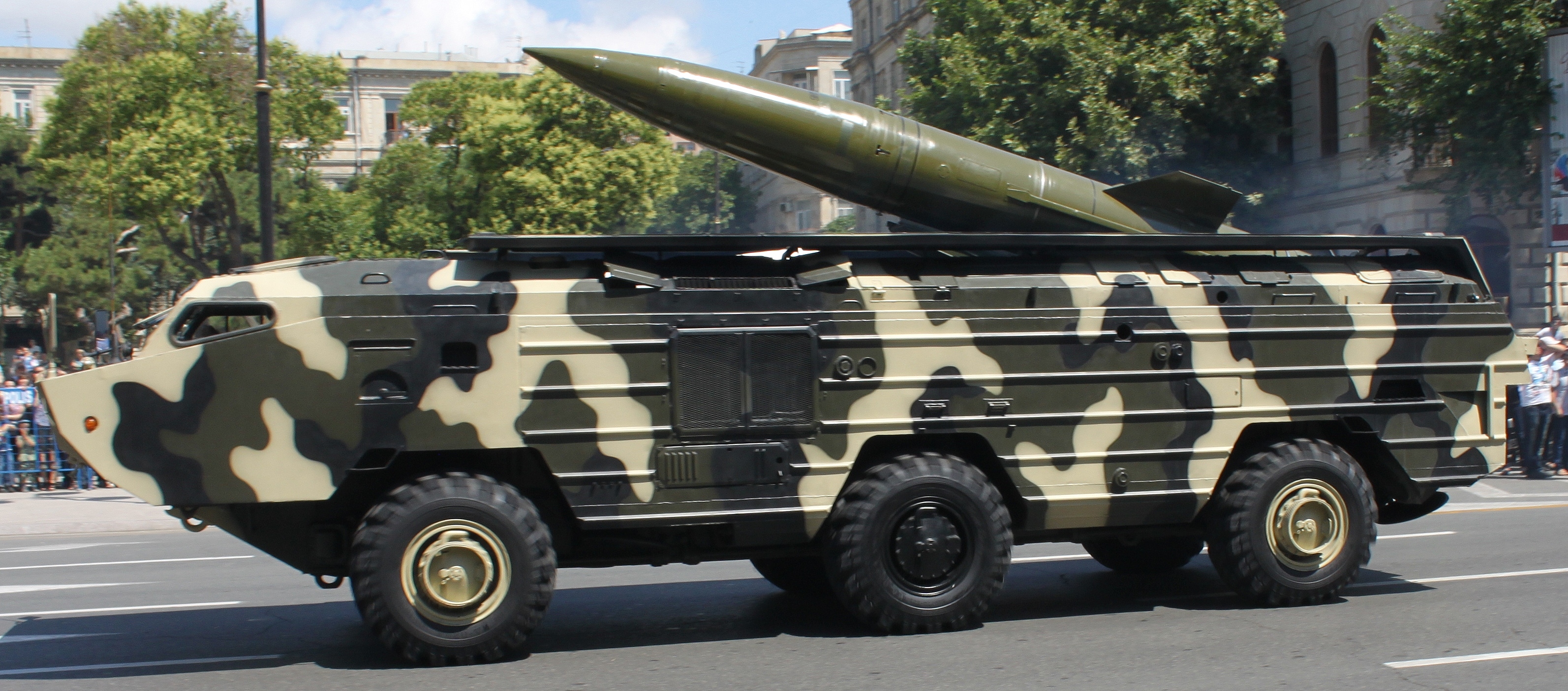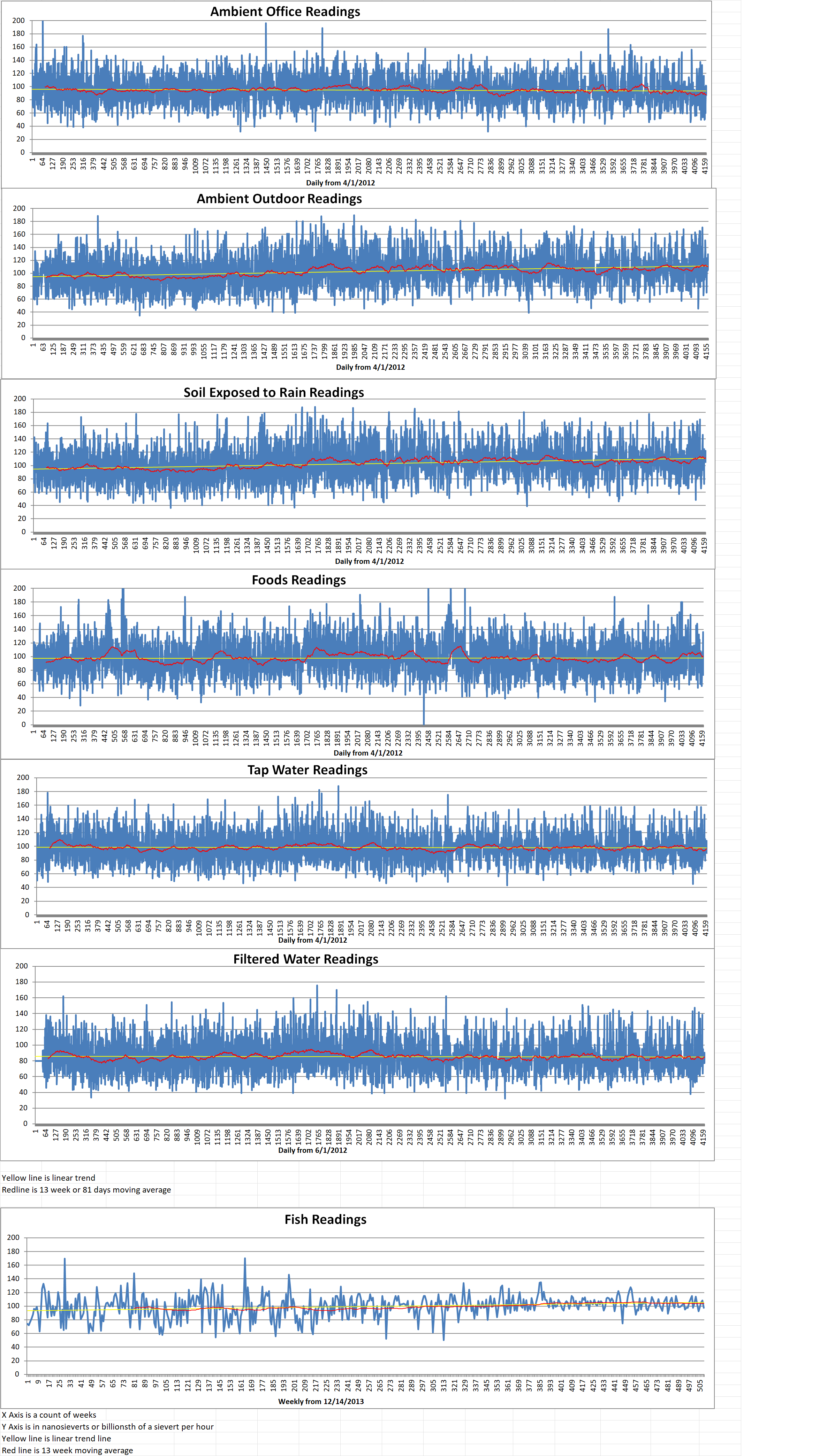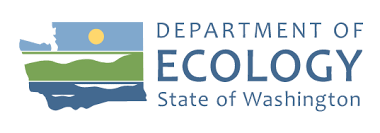Part 2 Of 2 Parts (Please read Part 1 first)
A spokesperson for the U.S. Department of Energy shared that so far, “The [Waste Treatment and Immobilization Plant] team has successfully filled four stainless steel containers with molten glass to test the process.”
This is all part of a slow but steady process to monitor for safety and environmental compliance as Hanford prepares to fully start the active vitrification process next year.
The decision to vitrify the waste in Hanford’s one hundred and seventy-seven storage tanks goes back to the Tri-Party Agreement (TPA) which is, a legal agreement and consent order between the U.S. Department of Energy, the Environmental Protection Agency and Washington’s Department of Ecology (DoE). This agreement details the responsibilities of each agency when it comes to cleanup efforts and timelines. It ultimately tries to ensure that federal laws governing the disposal of solid waste and hazardous waste are followed.
Vitrified low-level waste will be disposed of on-site in stainless steel casks. A separate melter dedicated to high-level waste will come online to manage the most toxic waste. That glassified material will go to a deep geological repository. At this point, the U.S. does not have such a site.
The Hanford site was developed in the 1940s as part of the World War II efforts to produce plutonium for a nuclear weapon as part of The Manhattan Project.
It was the world’s first nuclear materials production plant, though most workers were in the dark about the purpose of their contributions. The plutonium produced at Hanford was part of the atomic bomb that was later dropped on Nagasaki, Japan.
Central Washington’s desert terrain was selected for the site because it was close to the Columbia River and few people lived in the area.
The site produced plutonium through the Cold War, and in 1987 the last reactor was shut down. Over the nearly four decades since, officials have developed a plan to clean up the radioactive waste. Many of the tanks that hold radioactive waste at Hanford have outlived their original life spans and are leaking radioactive waste into the surrounding area.
This radioactive pollution has led Hanford to be categorized as a Superfund site. It is one of four areas on the EPA’s national priorities list for cleanup.
Brouns said, “This is a multigenerational process. It’s going to take longer to clean it up than it took to produce the waste in the first place.”
Part of the challenge at Hanford has been the collaboration among several state and federal agencies and shifting the culture from one devoted to the creation of nuclear materials. The site is often mired in secrecy and urgency. There is a new movement devoted to the cleanup of Hanford.
It’s also led to discussions of who’s paying the bill and how that is affecting the timeline. The goal post is being pushed further and further into the future. The GAO’s report estimated that the total cost of Hanford’s cleanup will be around $341 billion, with completion estimated for 2084.
Ryan Miller is a spokesperson for the nuclear waste program at the Washington DoE. He said, “Historically, what’s happened is Hanford has been kind of routinely underfunded by like 700 million to a billion dollars or so.”
Last year, President Biden’s budget requested a record amount for Hanford cleanup, at $3 billion. State officials hope the same amount will be allocated this year. According to the DoE, every year of inadequate funding delays cleanup an additional 1 1/2 to 3 years.
One of the important alternatives to vitrification for environmental advocates is a cheaper option that’s been floated by some federal agencies. It is called grouting, which involves solidifying the waste in specialized concrete. This could reduce costs and potentially shorten the cleanup timeline. However, it’s less stable than vitrification and does not last as long.

